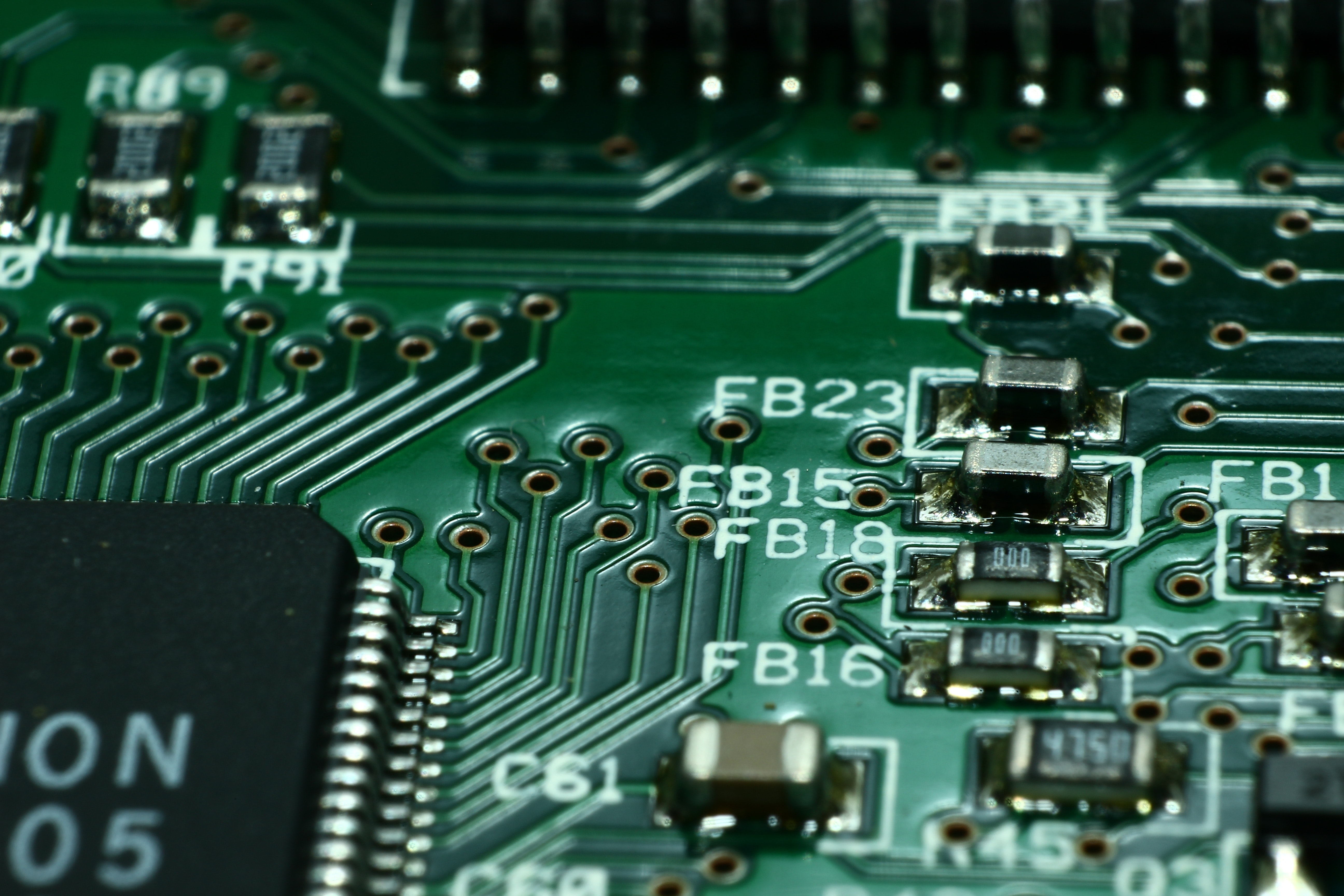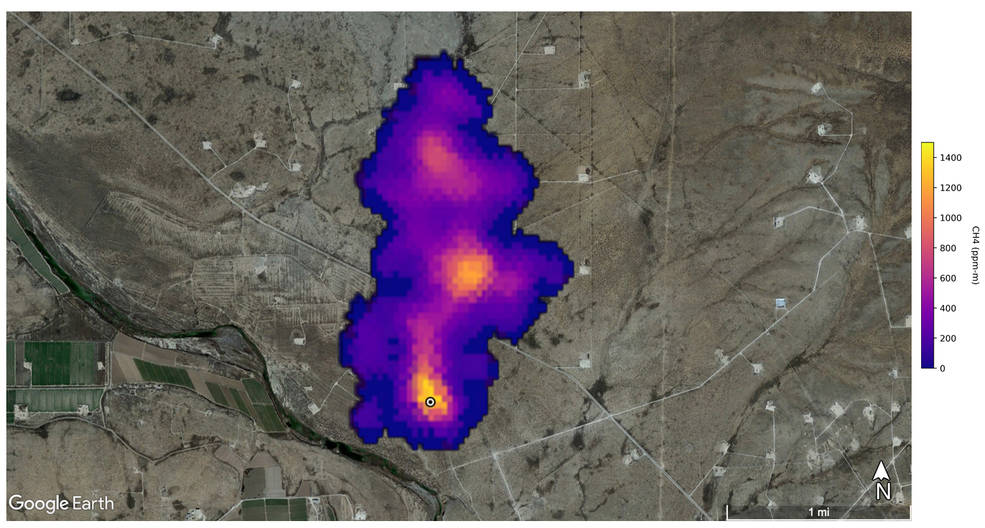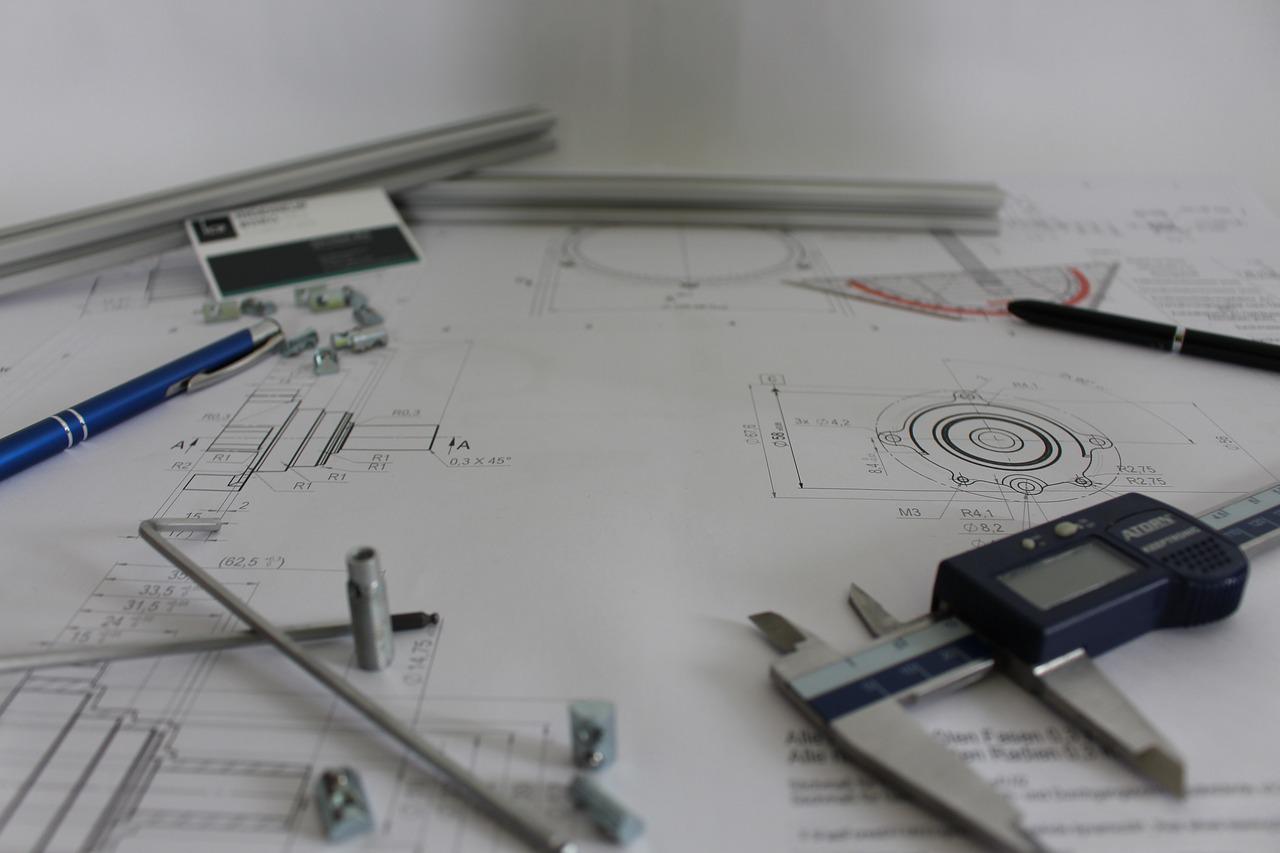Electronic devices need multiple materials to use electrons for work. It takes more layers and elements for an electronic device to work. Researchers from Ohio State University have found a way to change the use of electrons in the devices with new material.
The “dual-personality” material could potentially advance the production of electronics. In other words, the new technology could simplify the manufacturing of transistors, diodes, solar cells and light sensors.
How the New Material Works?
Electronic devices move electrons and holes to conduct electricity. Before the research, the parts of devices could serve only as electron-holders or hole-holders — multiple materials needed to be included in the product to perform.
However, a new material, NaSn2As2, a crystal that can hold both electrons and holes, can eliminate the need for multiple materials and layers. Until now, researchers thought that you could either have electrons or holes. The new study proved this wrong.
According to Science Daily, Wolfgang Windl, co-author of the study and a professor of materials science and engineering said that “it’s not that an electron becomes a hole because it’s the same assembly of particles. Here, if you look at the material one way, it looks like an electron, but if you look another way, it looks like a hole.”
The authors named the dual-ability phenomenon “goniopolarity.” The material works like this due to its specific electronic structure. Joseph Heremans, co-author of this study published in the journal Nature Materials, said in a statement that “It is a concept that did not exist before.”
Will the New Material Power Electronics in the Future?
The material has shown great properties and could be used in multiple devices. Joshua Goldberger, associate professor of chemistry and biochemistry at Ohio State said in a statement that “You can imagine there might be some unique electronic devices you could create” with the new material.







